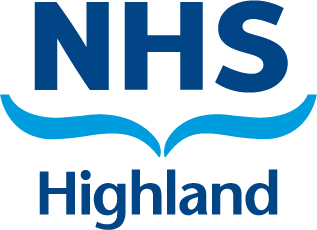Always consider secondary causes for raised lipids and address these if possible before considering whether lipid lowering therapy is required e.g. hypothyroidism, uncontrolled diabetes, excess alcohol, medications, proteinuria, liver disease.
Lipid lowering therapy should be considered for all patients who meet any of the following criteria:
- have a high predicted cardiovascular disease risk; ASSIGN score ≥ 20
- have chronic kidney disease stages 3 to 5
- NB lipids for patients on dialysis or post renal transplant managed by renal team
- have micro- or macro-albuminuria
- have diabetes and aged >40, or >20 years duration of diabetes, or proliferative retinopathy
- NB if aged 18 to 30 with microalbuminuria advised only to treat if additional risk factor e.g. smoking, hypertension, obesity
- living with HIV aged 40 years or older, irrespective of lipid profile or estimated CVD risk
Recommended first line lipid lowering therapy is atorvastatin 20mg. Please see BNF for details on interactions and cautions.
Monitoring
Ensure lipid profile, U&Es, ALT, TSH (if not measured within last 3 years), HbA1c (if not measured within last 3 years) and urine ACR, are measured prior to starting lipid lowering therapy.
If ALT level >3 x upper limit of normal (ULN): do not start lipid lowering medication; identify cause of raised ALT before deciding on lipid lowering therapy.
Hypothyroidism causes hyperlipidaemia and increases chance of muscular side-effects. If patient identified to have hypothyroidism: treat before deciding on lipid lowering therapy.
NICE CG181 advises remeasure ALT 3 and 12 months after starting or changing the dose of lipid lowering medication.
If ALT level 1 to 3 x ULN and patient already on statin: remeasure ALT at 1 month.
- If remeasured ALT remains 1 to 3 x ULN: continue.
- If ALT level >3 x ULN: stop statin for 4 weeks and then remeasure ALT.
- If remeasured ALT returns to <3 x ULN: move to next step on statin intolerance pathway.
- If ALT remains >3 x ULN: identify cause of raised ALT before deciding on lipid lowering therapy.
Only measure CK if patient has muscle symptoms.
- If CK level >4 x ULN: do not start a statin or if already on statin, stop statin for 4 weeks and then remeasure CK.
- If remeasured CK returns to <4 x ULN: move to next step on statin intolerance pathway
- If CK remains >4 x ULN: identify cause of raised CK before deciding on lipid lowering therapy.
- If CK >10 x ULN urgent assessment for rhabdomyolysis recommended.
NICE CG181 advises remeasure lipid profile at 3 months after starting or changing the dose of lipid lowering medication, and aim for reduction in nonHDL cholesterol >40%.
Non-HDL cholesterol (calculated as total cholesterol minus HDL cholesterol) can be measured on a non-fasting sample and represents all the cholesterol capable of causing atherosclerosis.
If >40% reduction target not reached: consider adherence, other factors e.g. diet, alcohol, medications and consider increasing dose to atorvastatin 40mg or 80mg, if required.
Further ongoing measurements of lipid profile may be considered to inform discussion with the patient, if required.
Clinical practice guidelines for management of lipids in adults with diabetic kidney disease advise treat individuals with diabetes requiring primary prevention to achieve non-HDL cholesterol ≤2.5 mmol/L. This may not be possible on maximally tolerated medication for which the patient is eligible, and aim should be to achieve as close to target as possible.


